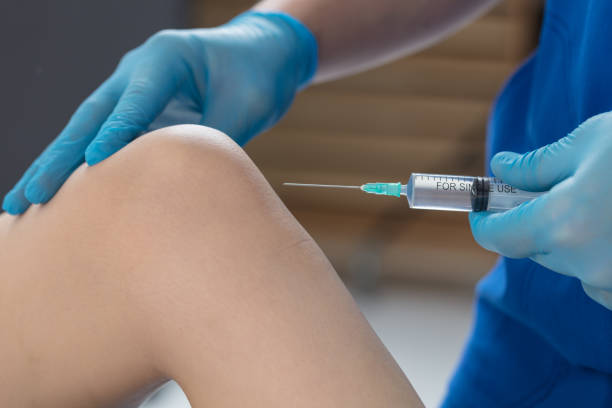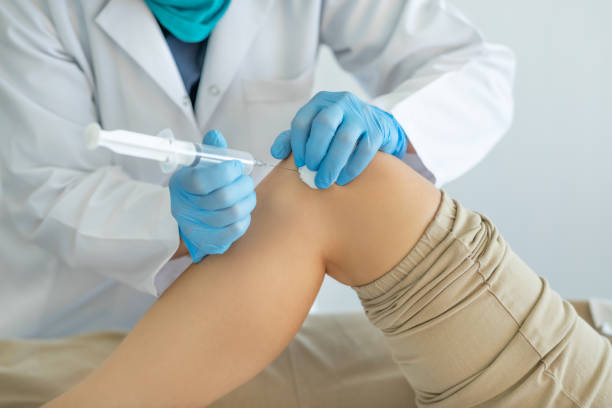Joint injections stand at the forefront of advancements in sports medicine, offering a tailored approach to alleviate pain and enhance performance among athletes and active individuals. These injections, administered directly into the affected joint, target underlying conditions and promote rapid recovery, revolutionizing the landscape of sports wellness.

Introduction to Joint Injections
Joint injections entail the delivery of therapeutic substances, such as corticosteroids, hyaluronic acid, or platelet-rich plasma (PRP), into the joint space. The primary objective is to reduce inflammation, alleviate pain, and improve joint function, thereby facilitating a swift return to physical activities.
Types of Joint Injections
Corticosteroid Injections
Corticosteroids, potent anti-inflammatory agents, are commonly utilized to manage acute and chronic injections for joint pain. By suppressing the immune response and reducing inflammation, these injections provide prompt relief, making them a preferred choice for conditions like osteoarthritis and tendinitis.
Hyaluronic Acid Injections
Hyaluronic acid injections replenish the natural lubricant within the joint, enhancing its cushioning and reducing friction between the bones. This viscosupplementation therapy is particularly beneficial for individuals with degenerative joint disorders, such as osteoarthritis, offering sustained pain relief and improved mobility.
Platelet-Rich Plasma (PRP) Injections
PRP injections harness the regenerative potential of platelets, rich in growth factors, to promote tissue repair and regeneration. By injecting concentrated platelet-rich plasma into the joint, this therapy accelerates the healing process and stimulates the regeneration of damaged tissues, fostering optimal recovery in athletes with sports-related injuries.
Benefits of Joint Injections
Joint injections offer a multitude of benefits for athletes and individuals seeking relief from joint pain and dysfunction.
Targeted Pain Relief
By delivering therapeutic agents directly into the affected joint, injections provide precise and localized pain relief, effectively alleviating discomfort without the systemic side effects associated with oral medications.
Enhanced Mobility and Functionality
By reducing inflammation and promoting tissue repair, joint injections enhance joint mobility and functionality, allowing athletes to resume training and competition with improved performance and reduced risk of re-injury.
Accelerated Healing Process
Through their regenerative properties, certain injections, such as PRP therapy, expedite the healing process, enabling athletes to recover from injuries more quickly and return to peak performance levels.
Conclusion
Joint injections represent a paradigm shift in sports medicine, offering targeted relief and accelerated recovery for athletes and active individuals alike. As advancements continue to unfold, the future holds promise for further optimizing therapy and maximizing athletic performance.

